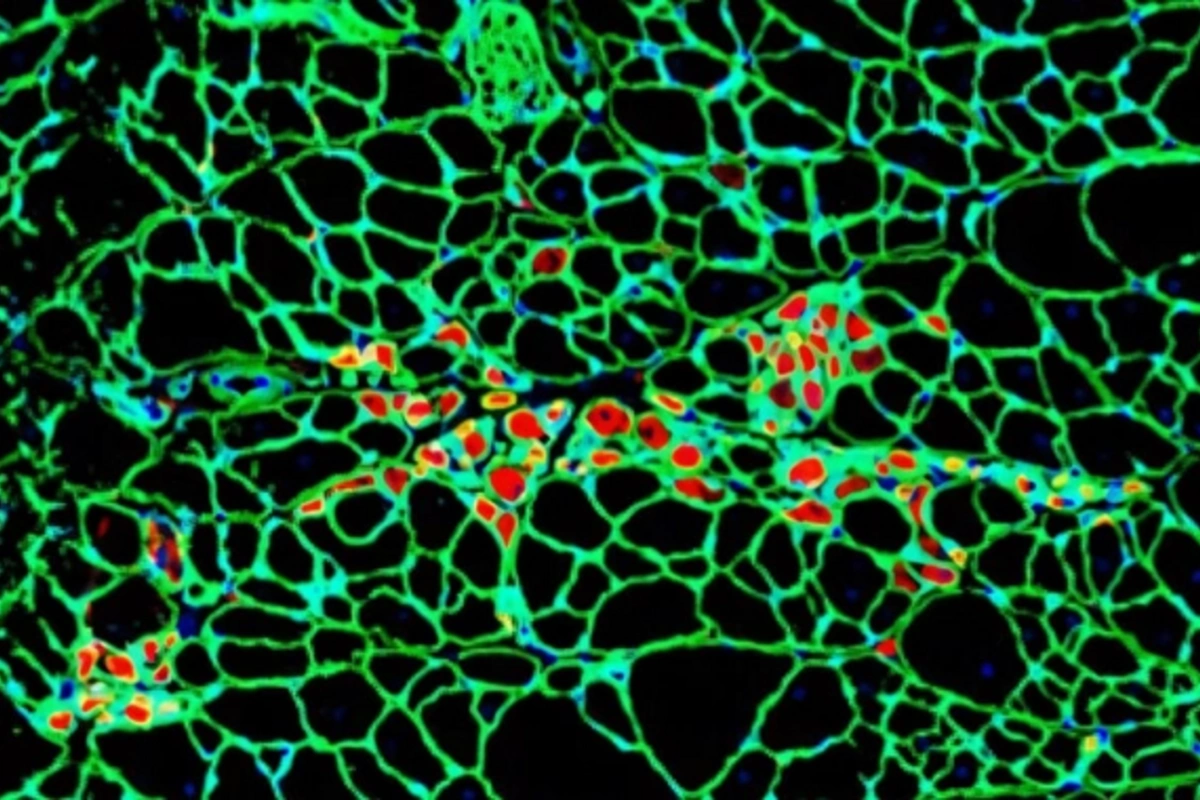15 Jul , 17:03
0

Amazing stability: scientists have revealed five rules by which the body maintains order in tissues, despite the daily death of billions of cells. Researchers from the Helen Graham Cancer Institute and the University of Delaware presented a revolutionary discovery explaining how our body maintains tissue structure during constant cellular renewal. The results of the study were published in the authoritative journal Biology of the Cell (BC).
The scientific team created a unique model at the intersection of mathematics and biology, demonstrating that order in tissues is maintained thanks to the precise "choreography" of cellular processes - division, movement, and cell death.
"It's like a biological version of a blueprint," noted the study leader Bruce Boman. - "Just as the genetic code controls genes, the 'tissue code' can control the shape and restoration of tissues."
The researchers focused on studying intestinal cells, where complete renewal occurs every few days, yet the structure remains unchanged. According to scientists, the discovered rules are universal and applicable to various tissues of the body - from the skin to the brain. This discovery will help to better understand the mechanisms of regeneration, the formation of congenital defects, and tumor development.
The discovery could become an important addition to the large-scale Human Cell Atlas project, which aims to describe all cells of the human body. However, while the Atlas only captures the instantaneous state of cells, the new "tissue code" reveals the principles of maintaining cellular organization over time.
In their future plans, the researchers intend to experimentally verify the predictions of the model and study how violations of these rules can lead to oncological diseases.
"When you know the rules, you can not only understand how the system works, but also try to fix it," the authors emphasized.